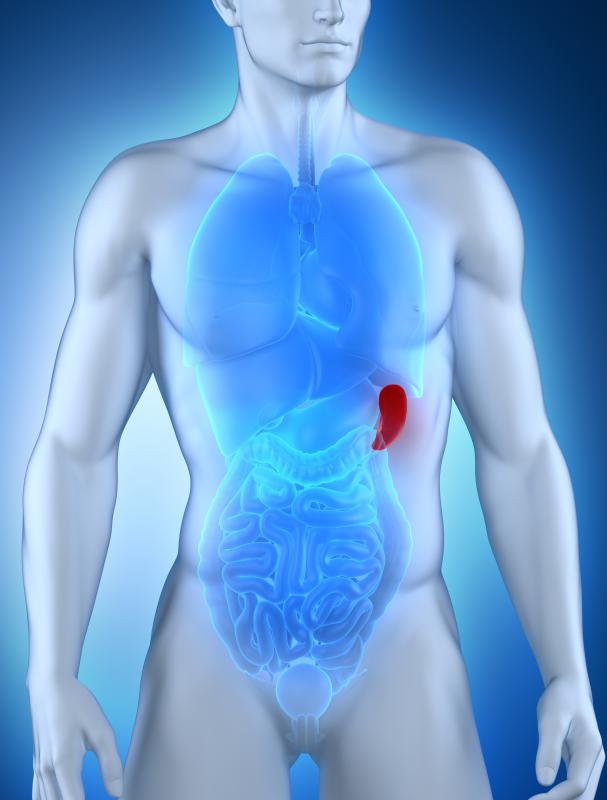At WiseGEEK, we're committed to delivering accurate, trustworthy information. Our expert-authored content is rigorously fact-checked and sourced from credible authorities. Discover how we uphold the highest standards in providing you with reliable knowledge.
What is Gangliosidosis?
Gangliosidosis is a rare type of lipidosis, or lipid storage disorder, in which the lipids affected are the gangliosides. Lipid storage disorders are hereditary disorders in which harmful amounts of lipids, or fats, accumulate in body tissues and cells. Gangliosides are lipids located on the surface of cells. There are two different forms of gangliosidosis, affecting two different types of gangliosides, called GM1 and GM2. Both types of the disease are caused by a recessive gene, meaning that both parents must be carriers in order for their child to be at risk of inheriting the disorder.
GMI gangliosidosis appears in three forms, depending upon when symptoms begin: early infantile, late infantile, and adult. Early infantile GM1 is the most severe, with symptoms appearing shortly after birth. Symptoms include neurodegeneration or neuron death, seizures, enlargement of the liver and/or spleen. Other common symptoms include skeletal irregularities and muscular weakness, coarse facial features and red spots in the eye, a distended abdomen, and stiff joints. Children with early infantile GM1 often become deaf and blind within their first year of life, and often pass away before the age of three, usually from heart complications of pneumonia.

Late infantile GM1 gangliosidosis first appears between the ages of one and three, and is characterized by lack of muscle coordination, seizures, dementia, and speech impairment. Sufferers of adult GM1 begin showing symptoms between the ages of three and 30. As in the other forms of the disease, muscular and neural degeneration present, but usually progress at a slower rate than in the infantile forms of the disease. Corneal clouding and dystonia, in which the muscles involuntarily contract into twisted positions, are additional possible symptoms. Some sufferers of adult onset GM1 develop red or blue lesions called angiokeratomas on the lower half of their body.

GM2 gangliosidosis also has three varieties: Tay-Sachs disease, Sandhoff disease, and AB variant, all of which are fatal except in very rare late-onset cases. All forms of GM2 gangliosidosis are characterized by rapid degeneration of the central nervous system, consisting of the brain and spinal cord. GM2 may be infantile, juvenile, or late-onset. The three varieties are clinically indeterminable from each other, though they have different genetic causes and affect different enzymes in the body.

Only the late-onset forms of GM2 gangliosidosis are not fatal, while sufferers of both the infantile and juvenile forms rarely live past childhood. Late-onset forms are the rarest, while the infantile varieties are the most common. The GM2 gangliosidoses cause a variety of neurological problems, including deafness, blindness, mental and psychological deterioration, and muscular atrophy.
None of the varieties of gangliosidosis are curable, and most lead to death at an early age. However, because the genetic basis of the disease is known, potential parents can know whether they are at risk of having a child with one of these disorders through a simple blood test. Therefore, the diseases are completely preventable.
AS FEATURED ON:
AS FEATURED ON:













Discuss this Article
Post your comments